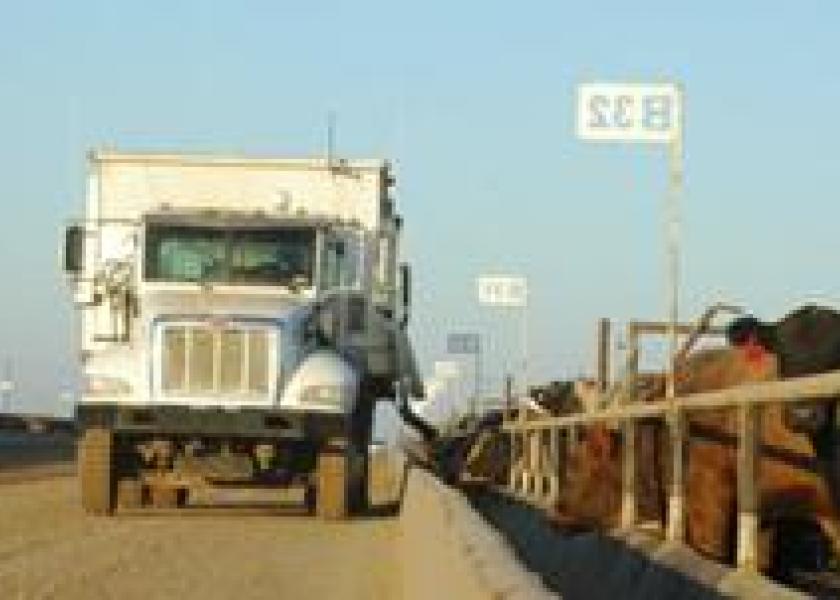It’s Spring but Cattle Markets are Still Frozen

by Derrell S. Peel, Oklahoma State University Extension Livestock Marketing Specialist
There seems to be a chill on cattle markets…both literally and figuratively. Cattle markets remain hunkered down due to weather and other impacts. The unrelenting cold, wet spring continues to have a variety of impacts on both the supply and demand sides of cattle and beef markets. Domestic beef demand is stagnant and certainly seems to be lacking the seasonal push that usually accompanies warm weather.
Choice boxed beef cutout has been hovering near the $190/cwt. range with little sense of direction the past three weeks. The Choice-Select Spread has widened seasonally but is the result of weaker Select values rather than strength in Choice values. International demand for U.S. beef has also weakened amid Russian concerns with Ractopamine and weakness in major markets, such as Mexico, where relatively high U.S. beef values have been aggravated by a somewhat stronger dollar since January.
There is growing evidence that extended cold weather has increased beef cow liquidation. Total beef cow slaughter has been up 11.1% the last 4 weeks after declining early in the year. Year to date beef cow slaughter is now down a scant 3.7% from last year. Increased beef cow slaughter appears to be regionally widespread, though regional slaughter data are incomplete. In Region 6, the Southern Plains, beef cow slaughter has been up 15.2% the last four weeks but is still down nearly 12% for the year to date. Oklahoma auction data confirms the recent increase in cow culling as cow and bull volumes in federally reported auctions have been up nearly 23% since mid-March after declining over 24% from January through mid-March.
The latest Cattle on Feed report also suggests weather impacts on feeder markets. Unexpectedly large March feedlot placements were largely concentrated in Texas and Kansas. The Kansas placements were mostly heavy weight feeders from winter backgrounding programs. In contrast, the Texas placements were spread across lightweight to heavier feeder cattle and were likely partly the result of drought induced sales. Some may have been directly from cow-calf liquidations and others the result of forage shortages in winter stocker programs. The fact that large placements occurred in conjunction with weak feeder cattle prices suggests that the movement was more of a supply driven market situation rather than demand driven.
The Cattle on Feed numbers may also suggest implications for the broader cow herd. The number of heifers on feed has fallen sharply since the middle of 2012. The April 1 heifer on feed inventory was down 7.6% year over year. However, this value is less of a decrease than the January 1 heifer on-feed total, which was down 9.5% from the previous year. This likely indicates that much of the increased feedlot placements were heifers, probably including some heifers designated as replacements in the January inventory report. The combination of increased beef cow slaughter and relatively more heifers on feed at this point likely means that any prospects to avoid additional beef herd liquidation in 2013 may already be seriously eroded.







